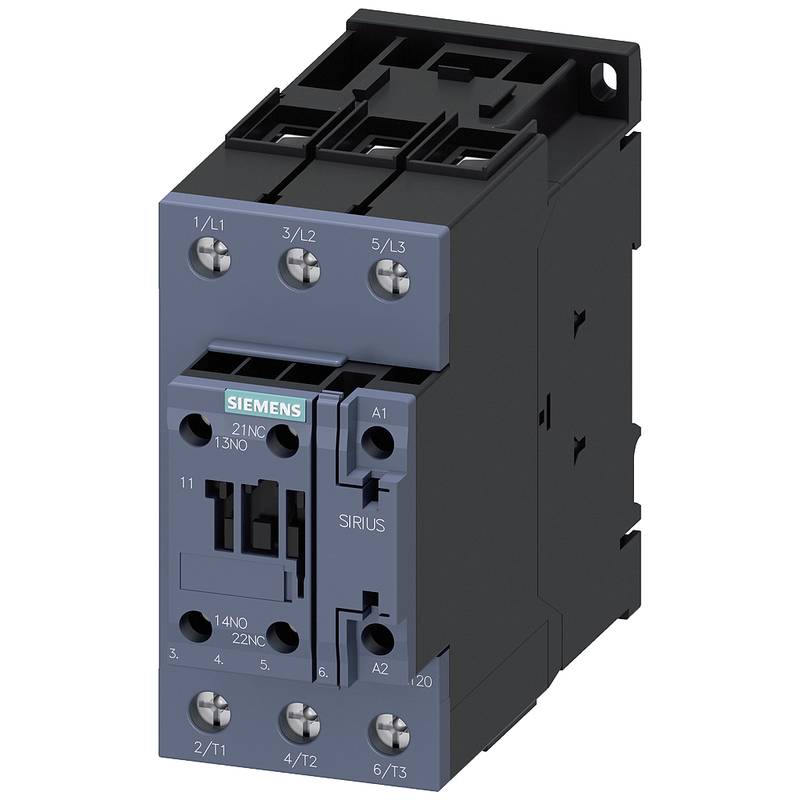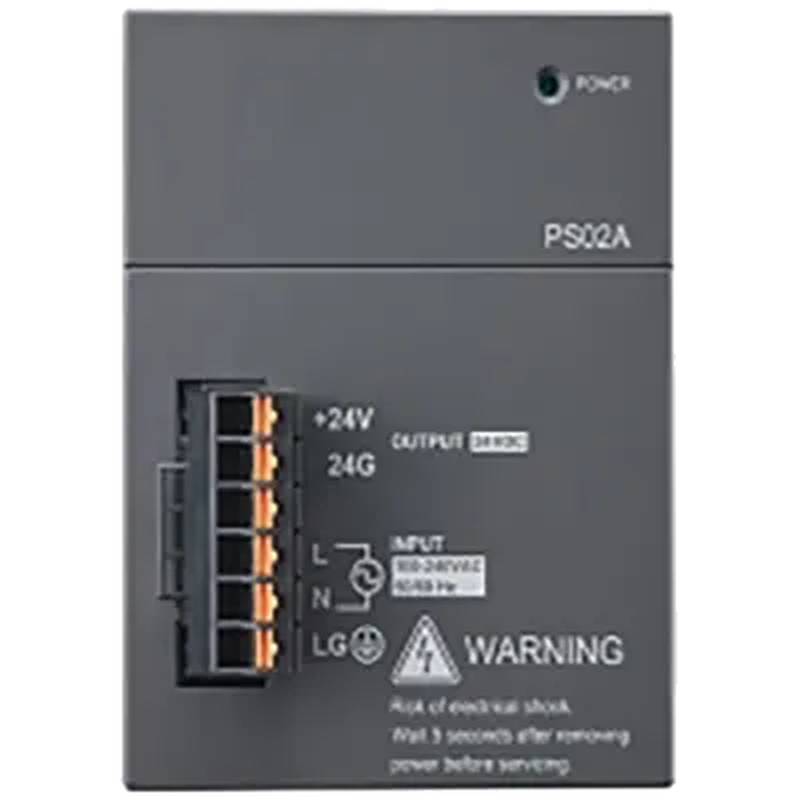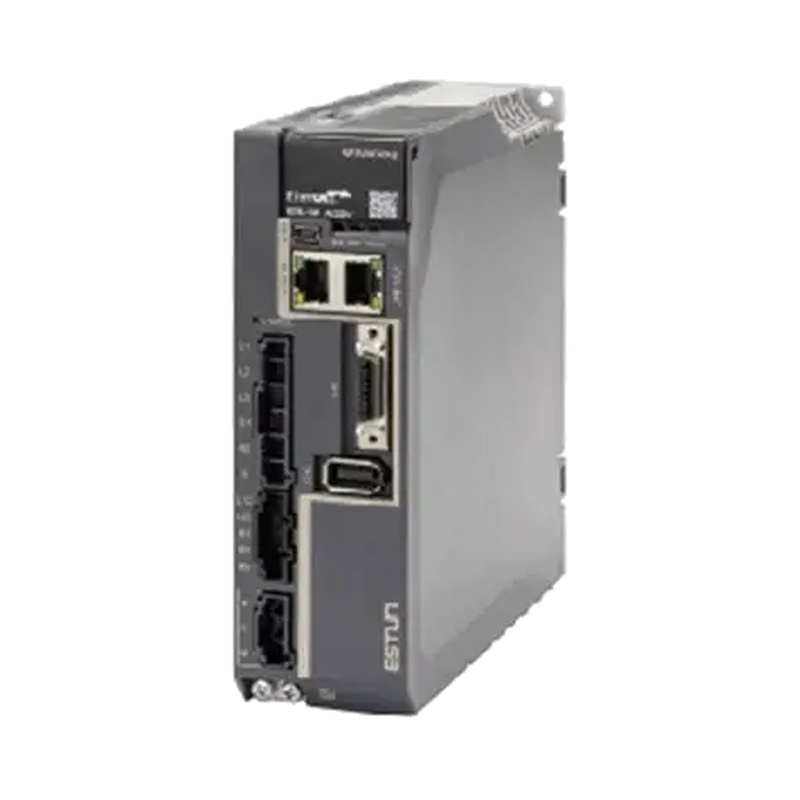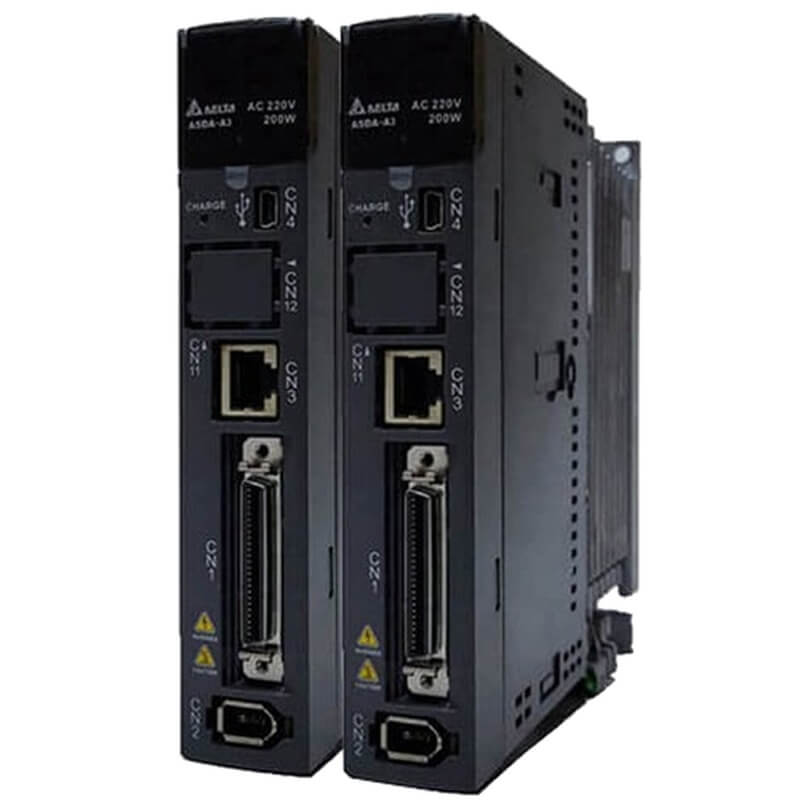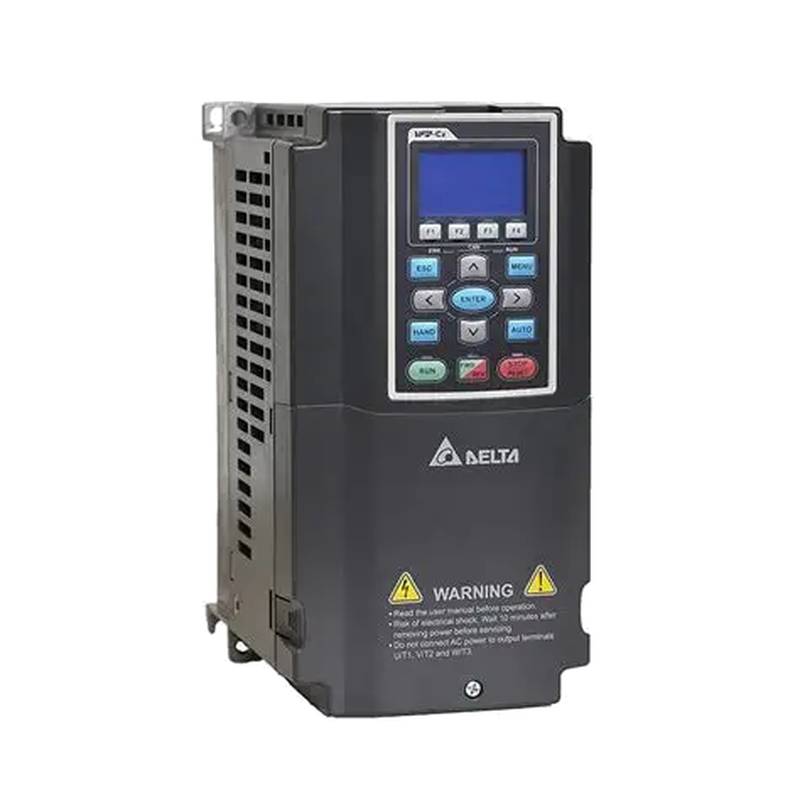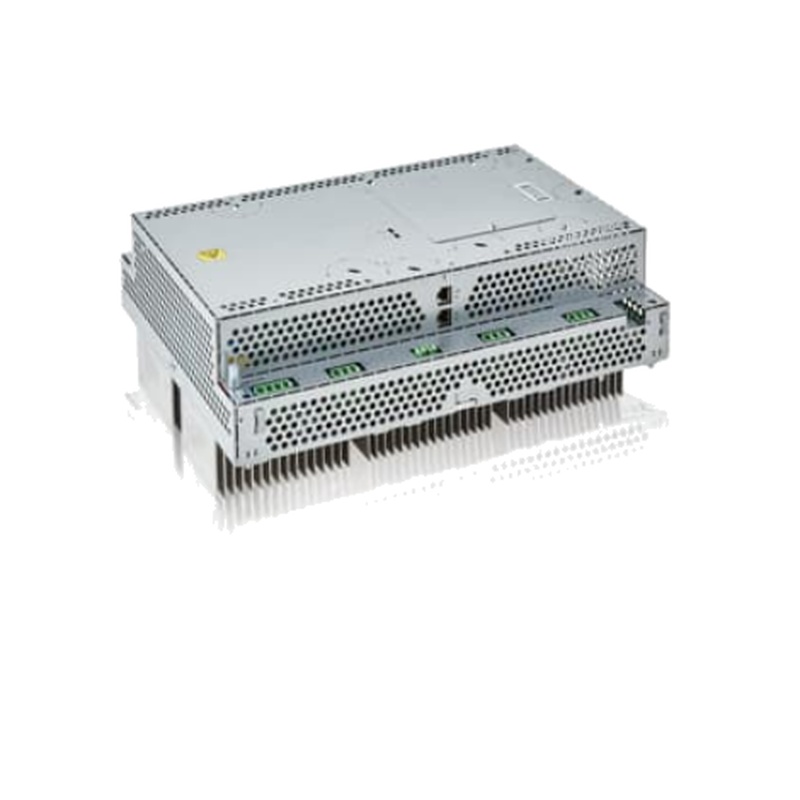
The INVT GD350A-710G-4 High Performance General VFD Drive stands as a robust solution for a wide array of industrial automation needs, delivering exceptional control, energy efficiency, and reliability. This advanced Variable Frequency Drive (VFD) is engineered to optimize motor performance across demanding applications, offering precise speed regulation, torque control, and seamless integration into complex systems. Key advantages include its high overload capacity, advanced protection features, and a user-friendly interface for simplified operation and maintenance. The GD350A-710G-4 boasts a 7.5kW (10HP) power rating, operates on a 3-phase 400V input, and features a high switching frequency for smooth motor operation. Its core technological strengths lie in its sophisticated vector control algorithms and comprehensive communication protocol support.
Product Specifications
| Parameter | Specification |
| :------------------ | :------------------------------------------ |
| Model | GD350A-710G-4 |
| Rated Power | 7.5 kW (10 HP) |
| Input Voltage | 3-Phase, 380V-460V AC |
| Output Voltage | 0-380V / 0-460V AC (Programmable) |
| Frequency Range | 0-400 Hz |
| Control Method | Sensorless Vector Control, V/f Control |
| Overload Capacity | 150% for 60 seconds, 180% for 10 seconds |
| Protection Features | Overvoltage,Undervoltage, Overcurrent, etc. |
| Communication | RS485 (Modbus RTU) |
| Operating Temperature| -10°C to +40°C |
| Dimensions (WxHxD) | 202 x 330 x 237 mm |
Core Features & Market Positioning
The INVT GD350A-710G-4 distinguishes itself through its advanced sensorless vector control, enabling precise motor speed and torque management even without encoder feedback. This capability significantly broadens its applicability in industries where consistent performance under varying loads is critical. Its robust design, featuring enhanced thermal management and comprehensive protection circuits against electrical anomalies like overvoltage, undervoltage, and overcurrent, ensures operational stability and longevity. Furthermore, the drive's high overload capability allows it to handle transient peak demands without compromising performance, a crucial advantage in applications such as pumps, fans, and conveyors that experience fluctuating torque requirements. The integrated RS485 communication interface, supporting the widely adopted Modbus RTU protocol, facilitates easy integration into supervisory control and data acquisition (SCADA) systems and distributed control architectures, positioning it as a versatile and cost-effective solution for modern industrial automation.
Key Application Scenarios
This high-performance VFD is ideally suited for a multitude of industrial sectors. In the manufacturing industry, it excels in controlling variable speed drives for conveyors, material handling systems, and packaging machinery, ensuring precise process flow and product throughput. For the HVAC sector, the GD350A-710G-4 optimizes fan and pump speed, leading to significant energy savings and reduced operational noise. Its robust performance makes it suitable for demanding applications in the petrochemical industry, controlling pumps and mixers where precise flow rates and reliable operation are paramount. Furthermore, it finds extensive use in textile machinery, printing equipment, and machine tools, where accurate speed synchronization and dynamic response are essential for product quality and efficiency.
Practical System Integration Guidance
Integrating the INVT GD350A-710G-4 into an existing system is streamlined due to its versatile I/O configuration and communication capabilities. For wiring, ensure proper grounding of the drive chassis and motor to mitigate electrical noise and enhance safety. Connect the incoming power supply to the L1, L2, and L3 terminals, and the motor to U, V, and W. Digital inputs can be configured for start/stop, forward/reverse, and multi-speed selection, while analog inputs allow for speed command via a potentiometer or PLC analog output. For RS485 communication, connect the A and B lines to the drive's communication port, ensuring correct termination if multiple devices are on the bus. Basic parameter configuration involves setting the motor's rated voltage, frequency, current, and poles, often accessible through the drive's keypad or dedicated software, facilitating rapid commissioning for general applications.
Operation and Risk Mitigation
Safe and efficient operation of the INVT GD350A-710G-4 hinges on adhering to installation guidelines and understanding its fault indications. Always ensure the drive is de-energized before making any wiring changes. During operation, monitor motor temperature and drive status through the display or communication interface. Common troubleshooting involves checking parameter settings, especially those related to motor data and application type. Critical error codes, such as E.OC (Overcurrent) or E.OV (Overvoltage), typically indicate load issues or power supply irregularities that require immediate investigation. Implementing proper ventilation around the drive and avoiding operation in excessively dusty or humid environments are crucial for preventing premature failure and ensuring safe, continuous performance.
Scalability & Long-Term Value
The INVT GD350A-710G-4 offers significant long-term value through its compatibility with a range of automation platforms and its potential for integration into Industrial Internet of Things (IIoT) ecosystems. Its standard Modbus RTU communication protocol ensures seamless interoperability with most PLCs and SCADA systems, allowing for centralized monitoring and control. For applications requiring advanced diagnostics or predictive maintenance, the drive's data logging capabilities can be leveraged. While specific upgrade paths depend on the manufacturer's product roadmap, the inherent flexibility of its control architecture and communication interfaces suggests a strong foundation for future integration with emerging digital manufacturing technologies, ensuring continued relevance and operational efficiency over the product's lifecycle.
Frequently Asked Questions (FAQs)
Q1: What are the main advantages of the INVT GD350A-710G-4?
The INVT GD350A-710G-4 offers superior sensorless vector control for precise motor management. It boasts high overload capacity, ideal for dynamic loads. Its robust protection features enhance operational reliability and longevity.
Q2: How do I wire the INVT GD350A-710G-4?
Connect main power to L1, L2, L3 and the motor to U, V, W. Ensure proper grounding for safety and noise reduction. Use digital/analog inputs for control signals and RS485 for communication.
Q3: What is the power rating of the GD350A-710G-4?
This VFD model is rated for 7.5 kilowatts (kW) of power. This is equivalent to approximately 10 horsepower (HP).
Q4: Can this VFD control motor speed precisely?
Yes, it features advanced sensorless vector control for accurate speed and torque regulation. This control method works effectively without requiring an encoder.
Q5: What communication protocols does the GD350A-710G-4 support?
It supports the widely used Modbus RTU protocol via its RS485 interface. This enables easy integration with PLCs and SCADA systems.
Q6: How does the GD350A-710G-4 handle overloads?
It can handle 150% of its rated current for 60 seconds and 180% for 10 seconds. This makes it suitable for applications with high startup torque demands.
Q7: What are common fault codes for this VFD?
Common codes include E.OC for overcurrent and E.OV for overvoltage. These typically indicate issues with the motor load or the power supply.
Q8: Is the GD350A-710G-4 suitable for pump and fan applications?
Yes, its variable speed control and energy-saving features are ideal for optimizing pump and fan operation. It helps reduce energy consumption and noise levels.
Q9: What is the input voltage range for this VFD?
The GD350A-710G-4 operates on a 3-phase AC input voltage range of 380V to 460V. Ensure your power supply falls within this specification.
Q10: How can I ensure long-term value from this VFD?
Leverage its communication capabilities for IIoT integration and advanced diagnostics. Proper installation and maintenance will maximize its operational lifespan.
















